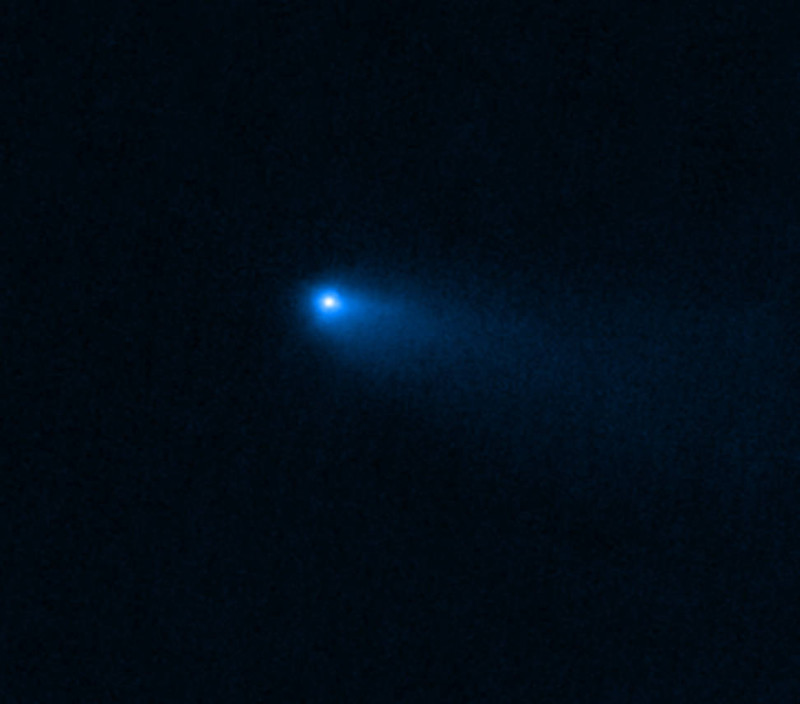What the scientists who took part in the research said – Important facts for understanding how other planetary systems work
One mystery solved, another, even greater, created. The James Webb telescope has discovered water on comet 238P/Read, confirming the scenario that involved the existence of the water element in an ever-increasing range of celestial bodies. However, the element he did not detect was carbon dioxide.
Using Webb’s NIRSpec (Near-Infrared Spectrograph) instrument, astronomers have confirmed for the first time gas – specifically water vapor – around a comet in the main asteroid belt, indicating that water ice from the primordial solar system may be preserved in this region . However, the successful detection of water comes with a new puzzle: unlike other comets, Comet 238P/Read had no detectable carbon dioxide.
“Our water-soaked world, teeming with life and unique in the universe as far as we know, is something of a mystery — we’re not sure how all that water got here,” said Stefanie Milam, Webb Associate Program Scientist for Planetary Science. “Understanding the history of water distribution in the solar system will help us understand other planetary systems and whether they could host an Earth-like planet,” he added.
“In the past, we have seen objects in the main belt with all the characteristics of comets, but only with this precise spectral data from Webb can we say yes, it is definitely water ice that is creating this phenomenon,” explained astronomer Michael Kelley of the University of Maryland, lead author of the study. “With Webb’s observations of Comet Read, we can now show that water ice from the early solar system can be preserved in the asteroid belt,” Kelley said.
But the missing carbon dioxide was the biggest surprise. Typically, carbon dioxide makes up about 10 percent of the volatile material in a comet that can be easily vaporized by the Sun’s heat. The scientific team presents two possible explanations for the lack of carbon dioxide:
One possibility is that Comet Read had carbon dioxide when it formed, but lost it due to warm temperatures. “Being in the asteroid belt for a long time could do that — carbon dioxide evaporates more easily than water ice and could leak out over billions of years,” Kelley said.
Alternatively, Comet Read may have formed in a particularly hot pocket of the solar system where carbon dioxide was not available.
The next step is to take the survey beyond Comet Read to see how other main-belt comets compare, says astronomer Heidi Hammel of the Association of Universities for Research in Astronomy (AURA), lead for Webb’s Guaranteed Time Observations for solar system objects. “These objects in the asteroid belt are small and faint, and with Webb we can finally see what’s going on with them and draw some conclusions. Are other main-belt comets also devoid of carbon dioxide? Either way it will be exciting to find out,” Hammel said.
Source :Skai
I am Terrance Carlson, author at News Bulletin 247. I mostly cover technology news and I have been working in this field for a long time. I have a lot of experience and I am highly knowledgeable in this area. I am a very reliable source of information and I always make sure to provide accurate news to my readers.











